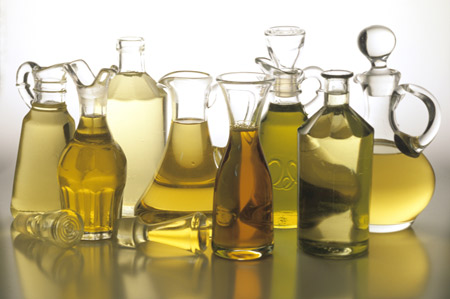Oil Price Rise A Boost to Veg Oil Prices – But There Are Limits, Says USDA
Category: Oilseeds
 (Agrimoney) – The revival in crude oil prices, and a revamp in US fuel mandates, will support vegetable oil markets – but within limits, US officials said, citing soaring imports of biodiesel from the likes of Argentina and Canada.
(Agrimoney) – The revival in crude oil prices, and a revamp in US fuel mandates, will support vegetable oil markets – but within limits, US officials said, citing soaring imports of biodiesel from the likes of Argentina and Canada.
The rise in oil prices – which at $55.00 a barrel for Brent crude on Wednesday are up 19% in a little over two weeks – and the agreement by producing countries to cut output, which has spurred the rally, “brighten the outlook for biodiesel blending throughout the world”, the US Department of Agriculture said.
“Some energy market analysts anticipate that, by early 2017, crude oil prices may top $60 per barrel.”
Such developments in turn “support prices for the vegetable oil feedstocks”, such as soyoil and palm oil, which are used to produce biodiesel, with demand prospects also supported by last month’s move by the US to boost the mandate for blending the fuel into conventional diesel.
The US Environmental Protection Agency set at 2bn gallons the level at which US blenders are obliged to take-up biodiesel next year, up from 1.9bn gallons this year.
The uplift prompted the USDA in its Wasde crop report on Friday to raise by 250m pounds to 6.2bn pounds its forecast for US soyoil consumption in biodiesel in 2016-17, which began in October.
RINs aid
Nonetheless, the figure for domestic soyoil use in biodiesel is less than that implied from the EPA’s ruling, USDA analyst Mark Ash said.
This gap reflects in part the use by blenders of so-called “renewable identification numbers”, or “RINs” – in essence paper credits, derived from excess blending or from imported, which can be presented instead of physical biodiesel to ensure compliance with the EPA mandate.
“Not all of the required blending must come from domestic production of biodiesel,” Mr Ash said, noting that supplies of biomass diesel had, in the first 10 months of this year, already exceeded the 2016 blending requirement.
“By the end of December, this should make more RINs available to use for 2017 compliance,” he said, flagging “sharply raised” prices of renewable identification numbers since last month’s EPA ruling.
Imports instead
Furthermore, the US has been importing more biodiesel too, with volumes continuing to recover from a 2014 dip blamed on uncertainty over US blending mandates.
“By the end of this year, US imports of biodiesel and renewable diesel could approach 800m gallons – sharply higher than the 538m gallons imported in 2015,” Mr Ash said.
Imports from Argentina have proved especially strong so far this year, more than doubling, helped by the boost Canada to the South American country’s soybean supplies stemming from agricultural policy reforms.
Market expectation
The comments tally with some surprise among investors that the USDA did not, in Friday’s Wasde report, lift further its 2016-17 estimate for US use of soyoil in making biodiesel.
“The USDA confirmed [US] soyoil for biodiesel production will be higher in 2017, but not by as much as the trade expected,” Terry Reilly at Chicago broker Futures International said at the time.
“USDA upward revised its soyoil for biodiesel use by only 250m pounds. Some were looking for 400m, 600m, even 800m pounds.”




